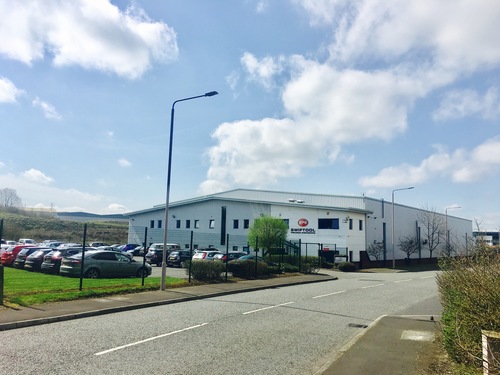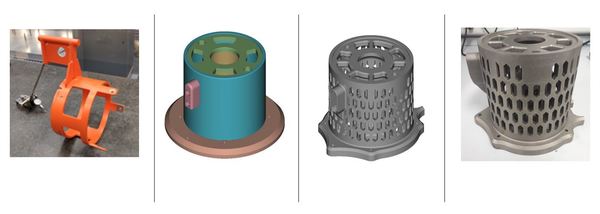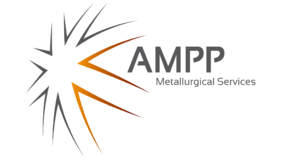MAA member SPE demonstrates importance of embraciong the new technology with market demand increasing
The appetite for metal additive manufactured parts is set to increase dramatically due to airlines’ drive to reduce weight, reduce fuel consumption and reduce emissions as part of the industry’s ambition to reach ‘jet zero’ by 2050. It’s critical for making aerospace greener.
Swiftool Precision Engineering (SPE) – which supplies safety-critical parts to aerospace, nuclear, petrochemical and medical markets - had been waiting for the right moment to invest time and resources into additive manufacturing. The DRAMA* programme was perfectly timed to help the company embrace the opportunities the technology offers.

The DRAMA* programme was created to research and share additive manufacturing expertise while developing new trial facilities to enable faster implementation of this transformative technology in the UK. The programme was led by the Manufacturing Technology Centre (MTC) – home to the National Centre for Additive Manufacturing – and included the Midlands Aerospace Alliance, ATS, Autodesk, Granta Material Intelligence, NPL, Renishaw and the University of Birmingham.
Exploring products’ suitability for additive manufacture
SPE’s initial challenge was to understand the different additive manufacturing technologies available and to determine whether they could be applied to the company’s product portfolio without costly, up-front investment at a time when they were uncertain whether additive manufacturing would be viable. The DRAMA programme offered an opportunity to explore viability and develop the company’s additive manufacturing readiness.
NCAM and SPE engineers began by assessing the company’s current product portfolio, looking for parts that had the potential to be additively manufactured. The group decided that SPE’s rotation collar was the most suitable for trials as it is currently made in several pieces from stainless steel 316L and requires welding operations to join the parts.
Following the assessment, the design authority for the component unexpectedly introduced a re-designed rotation collar which proved an even better prospect for additive manufacture.
Getting ready for additive manufacturing
The project then moved onto the second phase during which NCAM engineers, working closely with SPE, used a structured method to determine the most suitable metal additive manufacture process based on component specifications and commercial drivers specific to the company. Laser Powder Bed Fusion (PBF-LB) was deemed the most suitable although NCAM recommended a number of design changes to improve buildability, including:
- Introducing perforations into the outer-cylinder wall to facilitate powder out-flow during de-build, thereby significantly reducing the handling weight;
- Changes to certain features to make them self-supporting during the build; and
- Changes to the mounting flange to enable the part to fit onto a standard 250mm x 250mm build plate
Developing a prototype
After completing a manufacturing readiness review, a prototype rotation collar was built by Renishaw on an AM500Q LPBF machine, together with a number of material test coupons.
Some issues were experienced such as banding around the diameter and some build plate deformation due to the large size of the build. Following further design changes, a second build showed improvement in these defects, and some additional development work will be done if the part proceeds into production. SPE engineers are now in a strong position to do this thanks to the way experts worked closely with them throughout the project, transferring vital knowledge and skills.
Sam Handley, Executive Director, Swiftool Precision Engineering, said: "The DRAMA programme has taken SPE’s strategic additive manufacturing commitment to the next level. The market appetite for metal additive manufacturing parts is increasing and, thanks to the project, we’re a lot closer to being ‘match ready’ in terms of our plan for future capabilities.”
SPE’s success demonstrates how the support of industry experts can help transform an idea into a tangible solution and accelerate the journey to readiness.
If your company is interested in exploring additive manufacturing to drive sustainability and gain competitive advantage, you could be eligible for funding and expert support through the Aerospace UP programme which is currently open for applications. Find out more here.
*Digital Reconfigurable Additive Manufacturing facilities for Aerospace







